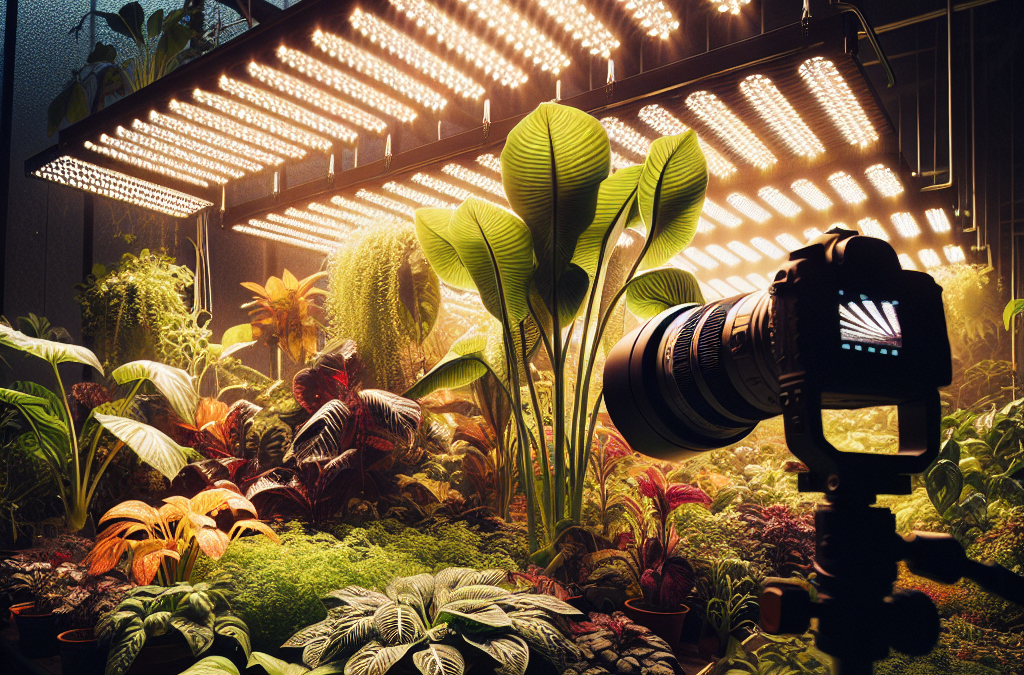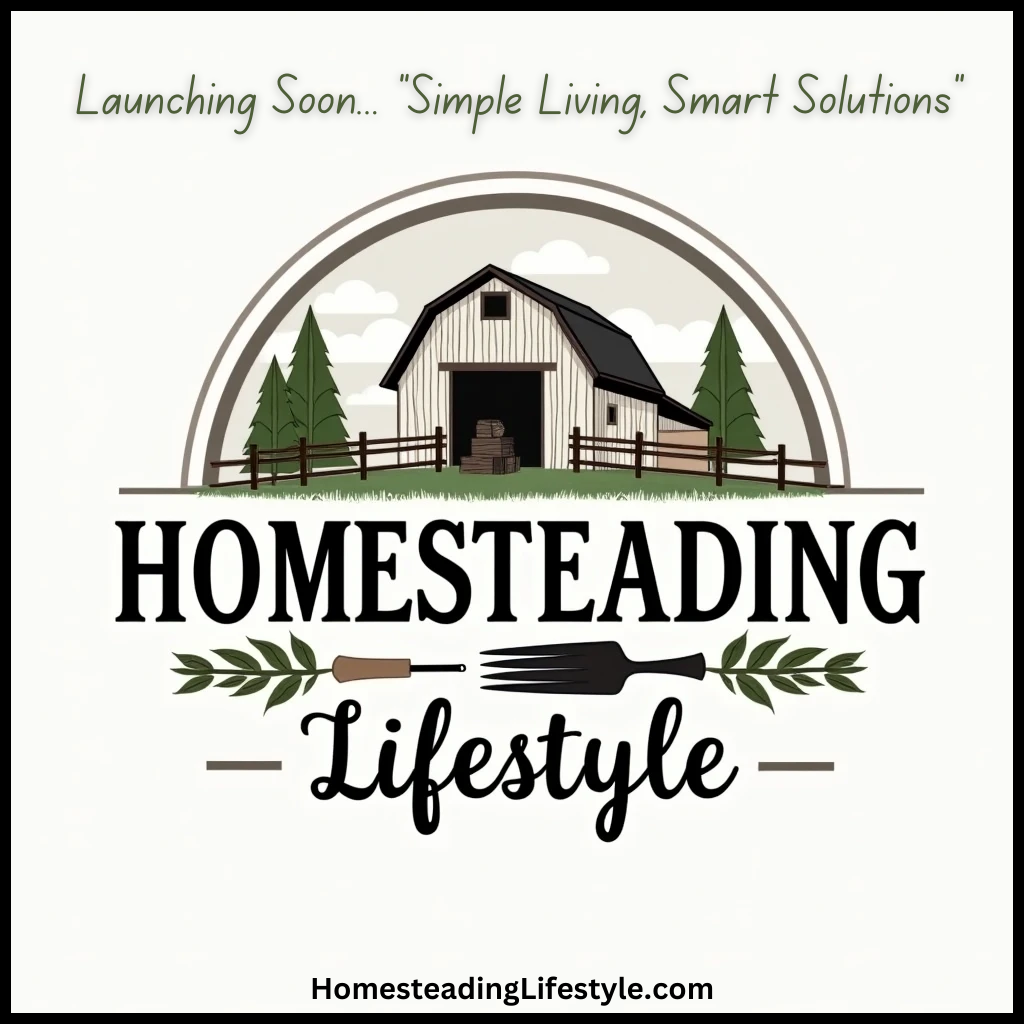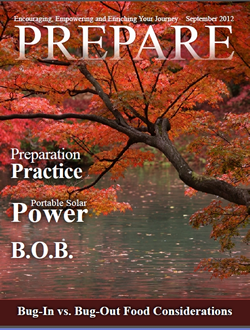Understanding Plant Light Needs
Photosynthesis Basics
Alright, let’s kick things off with the basics of photosynthesis. We all know plants are like little green factories that turn sunlight into food, right? Well, it’s a bit more technical than that, but that’s the gist! They take in sunlight, water, and carbon dioxide to produce glucose and oxygen. It’s a wild cycle but super important for their growth.
Now, not all plants have the same light needs. Some are like sunbathers, thriving in full sun, while others prefer the shady side of the garden. Understanding your plants’ light requirements is crucial to optimizing their growth. This means taking time to research each variety and knowing how much light they really want.
So, next time you’re picking out plants for your homestead, remember: the right amount of light can make or break your growing season. Trust me, keeping their light needs in mind will save you a whole lot of heartache and plant woes down the line.
Light Spectrum and Plant Growth
Here’s where it gets slightly scientific but super fascinating! Plants actually use different parts of the light spectrum in varied ways. They absorb mainly blue and red wavelengths for photosynthesis. Blue light helps plants grow strong stems and lush leaves, while red light is all about flowering and fruiting.
This means, if you’re setting up your homestead with grow lights, you’ll need a balanced spectrum that caters to both. Many grow lights out there mimic this spectrum, so picking the right one isn’t just a shot in the dark – pun intended!
Getting the light spectrum right is like finding the sweet spot in a relationship – it has to be mutual! If you give your plants the balance they crave, you’ll be rewarded with a bountiful harvest. Just think of it like a cozy date night for your plants.
Natural Light Sources
When it comes to lighting, nothing beats good ol’ natural sunlight. It’s free, abundant, and well, your plants are pretty much programmed to love it. If you’ve got space and some sunny windows, make the most of it! Position your plants where they can soak up as much sun as possible throughout the day.
Another bona fide trick of the trade is to use reflective surfaces to boost sunlight. Mirrors, aluminum foil, or white walls can bounce light around, helping your plants catch those extra rays. It’s like giving them a sunbathing buddy to share the warmth with!
Keep an eye out for any shadows cast by trees or buildings. I’ve made the classic mistake of placing my plants in a spot that seemed sunny but ended up hidden by a tree later in the day. Lesson learned, folks! Positioning is key!
Choosing the Right Grow Lights
Types of Grow Lights
Now, if natural light isn’t an option or you want to supplement it, you’re gonna need to choose some grow lights. There are several types: fluorescent, LED, and HID lights. Each type has its own pros and cons, and honestly, it feels a bit like a puzzle at times!
Fluorescent lights are great for beginners, as they’re affordable and easy to use. They’re perfect for starting seeds, and your plants won’t fry under them. LED lights, on the other hand, are the game changers. They’re energy-efficient, last a long time, and give off very little heat – which means no singed leaves!
HID lights? Well, they’re powerful and popular in commercial setups but require more setup and ventilation. Think of them as the heavy weights of the lighting world. It’s all about figuring out what works best for your specific needs.
Placement and Height of Grow Lights
Once you snag the right grow lights, the next step is placement. They need to be at just the right distance from your plants. Too close, and you risk scorching those beautiful leaves; too far away, and they won’t get enough light to thrive.
I usually start with about 12 to 24 inches for LED lights, and about 6 to 12 inches for fluorescent lights, but it really depends on the type and wattage, so always refer to the manufacturer’s guide. Making adjustments is part of the fun – and a bit of trial and error!
Also, rotating your plants regularly can help them grow evenly as they’ll reach toward the light. It’s the plant version of giving your buddy some attention; nobody likes being left out!
Timing and Duration of Light Exposure
Another factor to consider is the amount of time your plants need light each day. Most plants thrive with around 12-16 hours of light, but some require more or less depending on their stage of growth. The flowering phase usually craves that extra light love.
If you’re like me and tend to forget, invest in a timer. Trust me, it’ll be one of the best decisions you make! This way, your plants can have a reliable schedule – just like you probably do with your morning coffee. Consistency is key!
Be mindful of the darkness too; plants need their beauty sleep. Giving them uninterrupted dark hours helps with their growth cycle. It’s kind of like putting your kids to bed at the right time – it makes for a happier morning!
Monitoring and Adjusting Light Conditions
Observing Plant Response
Paying attention to how your plants react to their light conditions is crucial. If they’re stretching tall and leaning toward the light, they might need more of it. On the flip side, if their leaves are curling or browning, you might have a light overload situation on your hands.
Documenting your plants’ progress can help you see patterns. I often jot down notes about their growth in my gardening journal. These observations inform my adjustments and help me make informed decisions as the seasons change. It’s just part of the gardening adventure!
Remember, patience is key. You won’t see instant results; it takes time for your plants to adapt. So, sit back, relax, and enjoy the little changes along the way!
Utilizing Light Meters
If you want to step up your game, consider using a light meter. They’re pretty handy for measuring the light intensity your plants are receiving. With one of these, you can be sure that your plants are getting just the right amount of light – no guesswork needed!
What’s cool about light meters is they come in all budgets. Some are fancy smartphone apps, while others are standalone devices. I found a budget-friendly model that works like a charm without breaking the bank!
Using a light meter, you can experiment with different positions and heights to find that sweet spot for your plants. It’s all about that light game – being proactive will reap big rewards!
Adapting to Seasonal Changes
As the seasons shift, so will your lighting needs. Longer days in summer mean more natural sunlight, while winter calls for supplementing those grow lights a bit more. It’s important to adjust accordingly based on the season.
In winter, don’t be caught off guard! There’s less natural light, so you may need to increase the duration of your grow lights. I once got lazy and my plants suffered. Lesson learned – I won’t let that happen again! Adjusting your light practices according to the seasons helps maintain that steady growth.
Also, keep an eye on temperature changes. Less sunlight might mean your grow lights are doing extra heavy lifting, potentially overheating the room. It’s like managing your holiday lights – too many can heat up the house!
Maximizing Light Efficiency
Reflective Surfaces and Light Direction
Let’s talk about making sure every drop of light counts! Using reflective surfaces around your plants can help distribute light evenly. I’ve had success with white paint, reflective Mylar sheets, or even old mirrors – it’s creative and super resourceful!
Make sure the light direction is optimal too. If the light is hitting your plants from the side, they might lean awkwardly. I’ve learned to adjust my setup to ensure the light shines down directly on them for more balanced growth.
Ultimately, it’s about maximizing every bit of light, so your plants love where they live. It’s like giving them their own little sunbathing spot without any competition!
Energy Efficiency Considerations
Using energy-efficient grow lights not only benefits your pocketbook but also gives you a warm fuzzy feeling knowing you’re being kinder to our planet. LEDs are definitely the way to go – not only are they lasting longer, but they consume less energy too!
Consider solar-powered options if you’re more into that eco-friendly vibe. Although they can be an investment upfront, the long-term savings and benefits can outweigh the initial cost. It’s a win-win, buddy!
If you’re really wanting to save on energy bills, consider using timers and dimmers. They let you control when your lights are on and at what intensity – it’s super efficient!
Creating a Light Schedule
Setting a specific light schedule can help streamline everything for you and your plants. By maintaining a consistent routine, it helps plants get used to their cycle of light and dark. I often find that the rhythm keeps me on track too!
With a trusty timer, you can set it and forget it. Morning routines with plants could actually make you feel more productive – imagine waking up to check on your little green buddies bathed in light. It gives the day a nice start!
Keep monitoring how your plants react. If they seem a little sluggish, you might need to tweak your schedule. It’s all about creating that beautiful balance for your botanical pals.
FAQs
What are the best types of grow lights for homesteaders?
The best types of grow lights typically include LED, fluorescent, and HID lights. LEDs are favored for their energy efficiency and longevity, making them a popular choice among homesteaders. For beginners, fluorescent lights are also great as they are user-friendly and generally cost-effective.
How much light do my plants need?
Most plants thrive with around 12-16 hours of light per day. However, each plant type may have different light requirements. Always check specific needs for your varieties – some may need more or less light based on their growth stage!
Can I use regular bulbs for plant growth?
While you can technically use regular bulbs, they aren’t typically optimized for plant growth. Grow lights are designed to emit specific wavelengths that plants need, which regular bulbs don’t provide effectively. If you want your plants to flourish, it’s best to invest in actual grow lights.
How do I know if my plants aren’t getting enough light?
If your plants are stretching toward the light, showing slow growth, or have pale leaves, they may not be getting enough light. Observing these signs can help you adjust their light to create a healthier environment for them.
What should I do if my plants are getting too much light?
If you notice curling leaves, brown tips, or scorched patches, your plants might be getting too much light. Try moving them further away from the light source or shortening their exposure time to help them recover.





